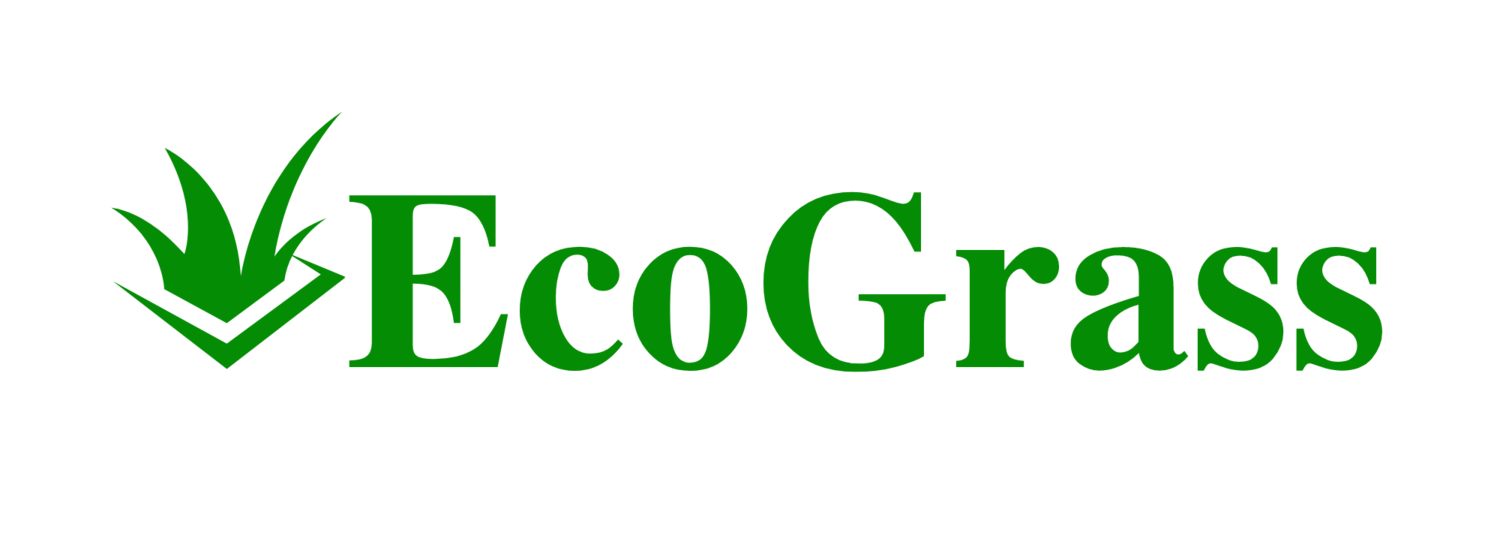Yes, you can vacuum artificial grass, but it's not always the best idea. While using a vacuum might seem like a convenient solution to remove debris, it can also remove the infill sand, which is essential for providing cushioning and keeping the blades upright. This could potentially damage your synthetic turf and reduce its lifespan.
Instead, consider using alternative methods that are more gentle on your artificial grass. For instance, tools like the GreenSweep Artificial Grass Sweeper Rake Vacuum can efficiently clear debris without the risk of sucking up the infill. Hand cleaning for smaller patches or using a leaf blower for larger areas are other practical options that ensure the integrity of your lawn remains intact.
By understanding the tools and techniques best suited for maintaining artificial grass, you can ensure your lawn stays pristine and durable.
Can You Vacuum Artificial Grass?
Yes, you can vacuum artificial grass, but there are important considerations to keep in mind.
Pros:
Debris Removal: Vacuuming can help remove surface debris such as leaves, small branches, and dust particles.
Easy Maintenance: Utilizing a vacuum can simplify regular upkeep, especially for small areas of artificial grass.
Cons:
Infill Displacement: The suction from a vacuum cleaner can remove the infill material. Infill is crucial as it provides cushioning and helps the grass blades stay upright.
Potential Damage: Strong suction can damage the synthetic fibers, making the grass look worn out faster.
Best Practices:
Spot Cleaning: For large debris, it is often more effective to spot clean by hand.
Short Strokes: If you decide to vacuum, use short, overlapping strokes.
Frequency: Empty the vacuum bag frequently to prevent overworking the motor.
Manual Broom: Use a broom or brush to clean the artificial grass manually.
Water Rinse: Rinse the area with water to remove dirt or dust.
Leaf Blower: A leaf blower is an effective alternative for removing debris without disturbing the infill.
Tips:
Always check the manufacturer’s guidelines before vacuuming.
Consider the size of the turf and your vacuum cleaner’s suction power.
Alternatives to Vacuuming Artificial Grass
Broom or Brush: Use a broom or a soft-bristled brush to sweep your artificial grass. This method helps remove debris, leaves, and other contaminants easily. It's a straightforward way to keep your lawn clean and visually appealing.
Leaf Blower: A leaf blower can effectively clear off debris without disturbing the infill. It’s a practical alternative to vacuums, especially for larger lawns. Opt for a battery-operated or electric model to ensure better control and efficiency.
Garden Rake: For a more thorough clean, a garden rake can be used. Choose one that is suitable for artificial grass to avoid damaging the turf. Raking helps to loosen and remove stubborn debris and can also help refresh the fibers.
Water Hose: A regular water hose can be used to wash off dust and small particles. This method is especially useful during dry seasons when dust tends to settle. Make sure to use a gentle spray to avoid displacing the infill.
| Method | Pros | Cons |
|---|---|---|
| Broom/Brush | Easy to use, inexpensive | Labor-intensive for large areas |
| Leaf Blower | Fast, efficient, hassle-free | Requires power source, noise pollution |
| Garden Rake | Thorough clean, refreshes grass fibers | Can be time-consuming, risk of damage |
| Water Hose | Effective for dust, easy to use | Uses water, potential for over-watering |
Debris Removal Tool: Specialized tools designed for artificial grass can be quite effective. These tools can remove specific types of debris like pet hair or sticky substances without harming the lawn.
Consider these alternatives to maintain your artificial grass efficiently.

